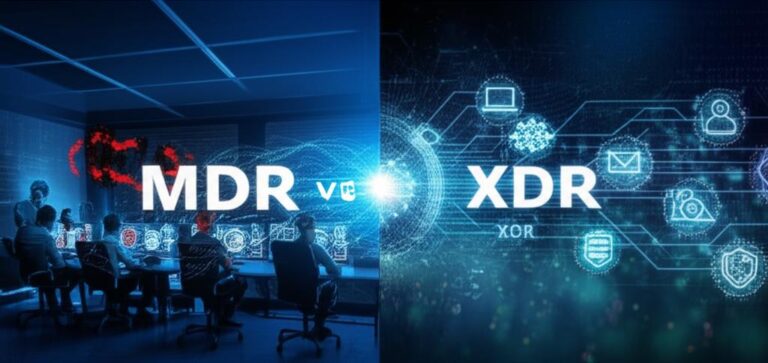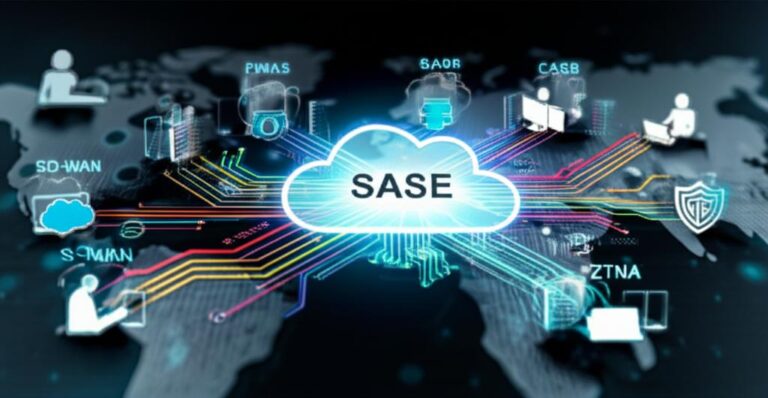Device as a Service (DaaS): Streamlining Modern IT Asset Management
In today’s fast-paced digital landscape, businesses are constantly seeking innovative ways to manage their IT infrastructure more efficiently and cost-effectively. Enter Device as a Service (DaaS) – a comprehensive, subscription-based model that is rapidly transforming how organizations procure, deploy, manage, and refresh their employee devices.
DaaS goes beyond simply leasing hardware; it’s an all-encompassing solution that bundles hardware, software, and a suite of lifecycle services into a single, predictable monthly payment. This allows businesses to offload the complexities of device management to a third-party provider, freeing up valuable internal IT resources to focus on strategic initiatives.
What Exactly is Device as a Service (DaaS)?
At its core, DaaS is an operational expenditure (OpEx) model where a service provider delivers a complete package for end-user devices. This typically includes:
- Hardware: Laptops, desktops, tablets, smartphones, and even peripherals.
- Software: Operating system licenses, productivity suites, and other essential applications.
- Deployment & Provisioning: Configuration, imaging, and delivery of ready-to-use devices directly to employees.
- Ongoing Management & Maintenance: Monitoring, patch management, updates, security configurations, and proactive troubleshooting.
- Technical Support: Helpdesk services, repairs, and device replacements.
- Asset Tracking & Reporting: Inventory management and performance analytics.
- End-of-Life Management: Secure data wiping, device recycling, and responsible disposal.
This holistic approach ensures that employees always have access to up-to-date, functional, and secure technology, minimizing downtime and maximizing productivity.
Key Benefits of Adopting a DaaS Model
The adoption of DaaS offers numerous strategic advantages for businesses of all sizes:
- Predictable IT Costs: Transform large capital expenditures (CapEx) into manageable, predictable operational expenses (OpEx), simplifying budgeting and cash flow management.
- Enhanced Employee Productivity: Employees always have access to the latest, high-performing devices, reducing frustration and enabling them to work more efficiently. Rapid replacement of faulty devices minimizes downtime.
- Improved Security Posture: DaaS providers often include robust security features, managed updates, patch management, and proactive threat detection, enhancing overall endpoint security.
- Reduced IT Burden: Free up internal IT staff from the time-consuming tasks of device procurement, deployment, maintenance, and support, allowing them to focus on strategic, value-added projects.
- Scalability & Flexibility: Easily scale device counts up or down to meet fluctuating business needs, seasonal demands, or changes in workforce size without significant upfront investment.
- Faster Device Refresh Cycles: Ensure employees always have access to current technology without the hassle and cost of frequent manual upgrades.
- Sustainability & Compliance: DaaS providers handle environmentally responsible end-of-life device recycling and disposal, helping businesses meet sustainability goals and compliance requirements.
Who Can Benefit Most from DaaS?
While DaaS offers advantages for many, certain organizations stand to gain significantly:
- Small and Medium-sized Businesses (SMBs): Often lack dedicated IT resources or expertise for comprehensive device management.
- Enterprises with Distributed Workforces: Companies with remote, hybrid, or geographically dispersed teams can ensure consistent device provisioning and support.
- Organizations with Rapid Growth or Seasonal Fluctuations: Businesses that need to quickly onboard or offboard employees and adjust device numbers.
- Companies Focused on Digital Transformation: Seeking to modernize their IT infrastructure and improve operational efficiency.
- Any Business Seeking Cost Optimization: Looking to convert capital expenditure into operational expenditure and gain greater cost predictability.
DaaS vs. Traditional Device Management: A Quick Comparison
The distinction between DaaS and traditional device management is stark:
With Traditional Management, your business:
- Purchases devices as capital assets.
- Manages procurement, inventory, and licensing internally.
- Handles all deployment, maintenance, and support.
- Bears the full cost and complexity of device lifecycle.
- Often faces unpredictable repair costs and slower refresh cycles.
With Device as a Service (DaaS), the provider:
- Offers devices on a subscription basis (OpEx).
- Manages the entire device lifecycle from procurement to disposal.
- Provides proactive maintenance, security, and dedicated support.
- Ensures access to the latest technology with planned refresh cycles.
- Offers predictable monthly costs and scalable solutions.
The Future is Service-Oriented
Device as a Service represents a significant shift towards a service-oriented IT model, mirroring the success of Software as a Service (SaaS) and Infrastructure as a Service (IaaS). As businesses continue to prioritize agility, cost efficiency, and employee experience, DaaS will increasingly become a foundational component of modern IT strategies.
Embracing DaaS empowers organizations to divest from the operational burden of device management, allowing them to redirect focus towards core business objectives and innovation. It’s not just about getting a device; it’s about receiving a complete, managed solution that drives productivity and secures your digital workspace.







